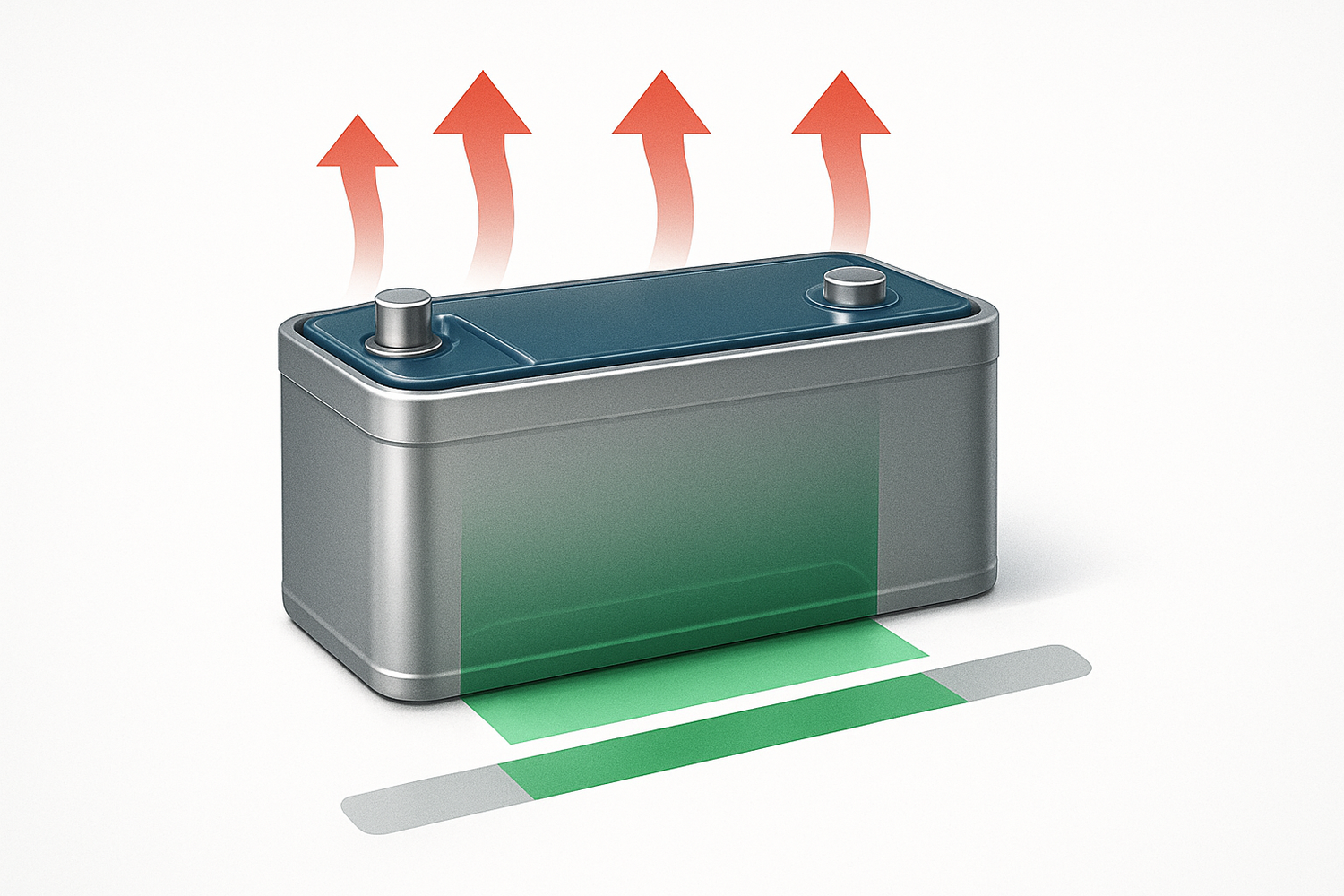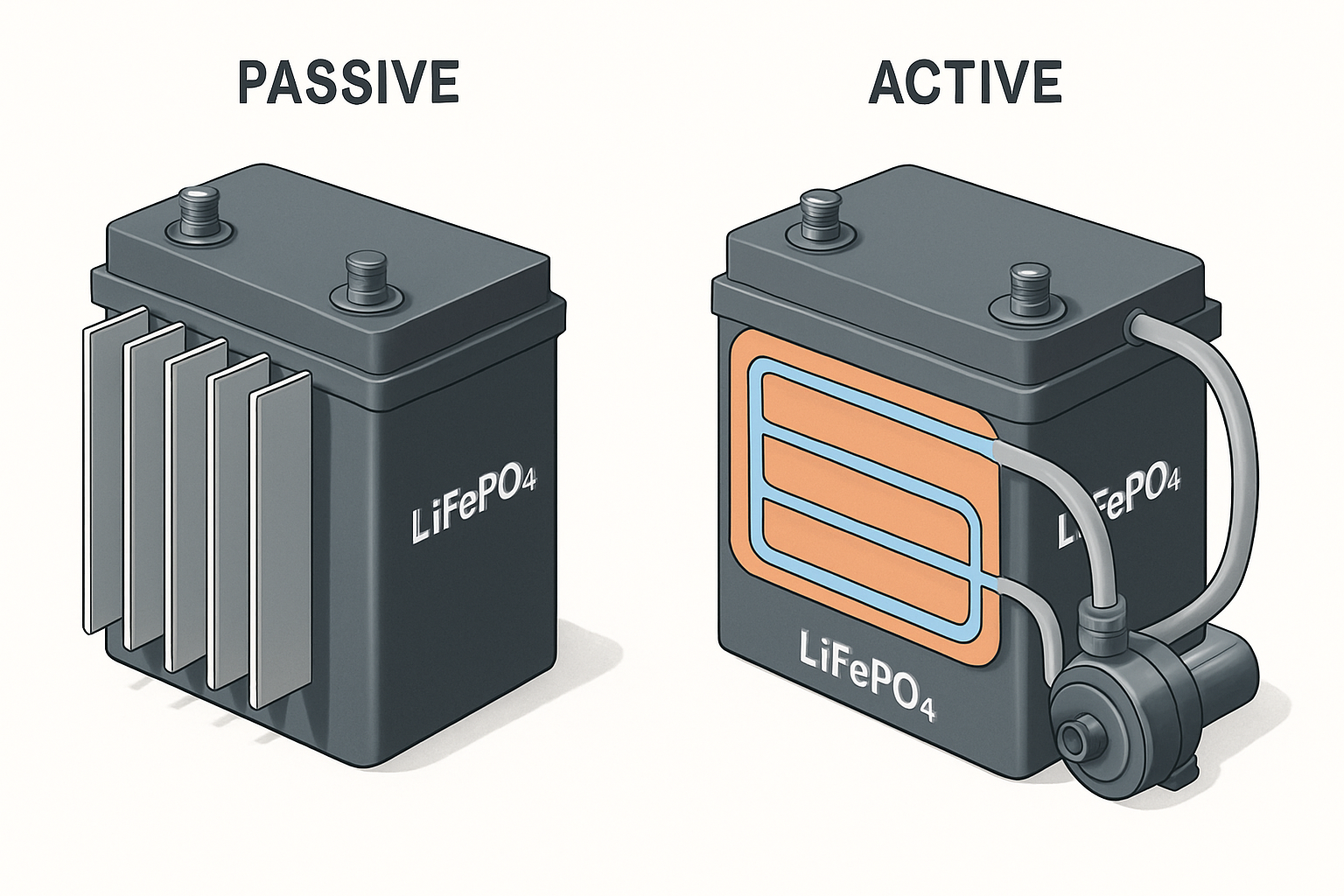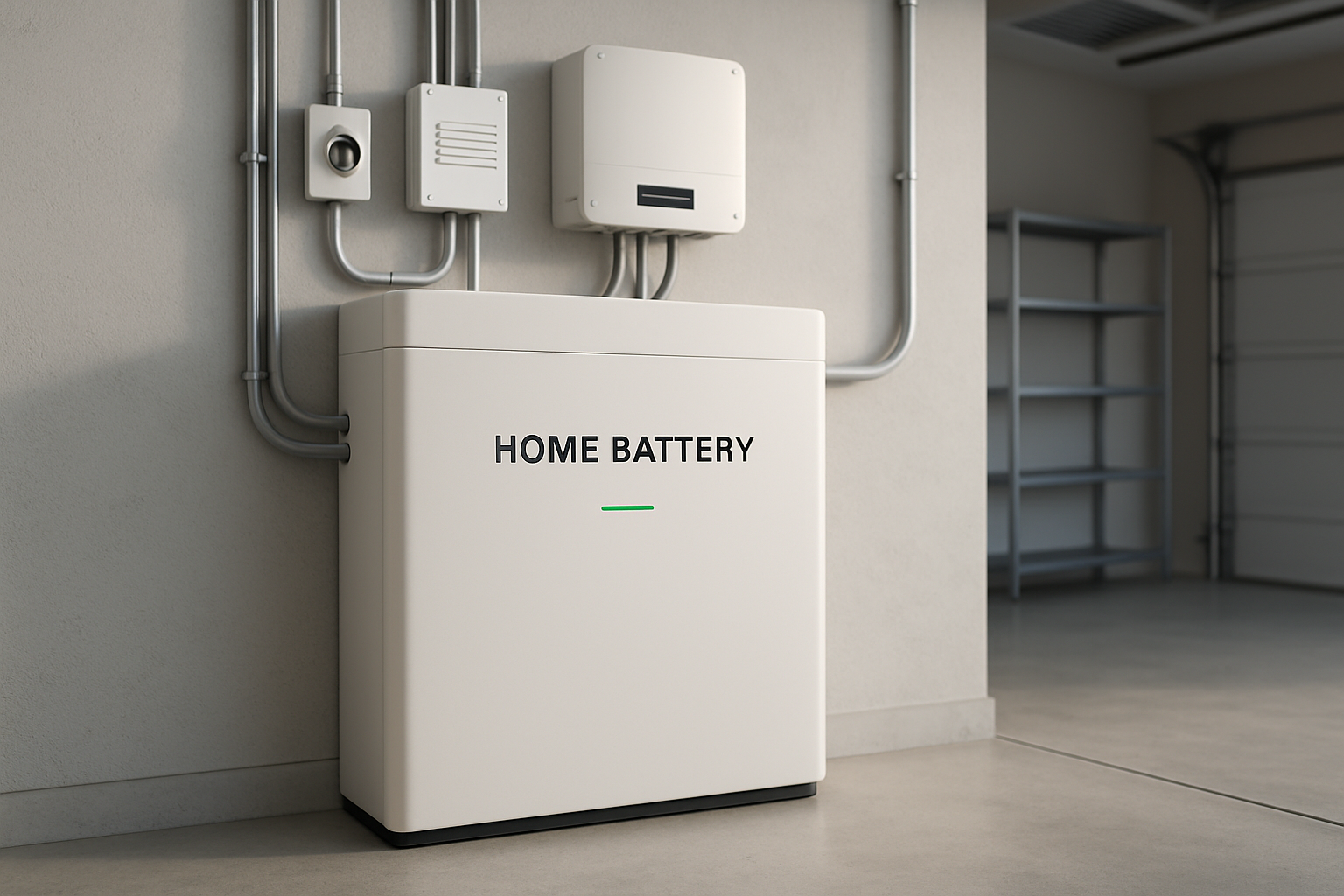Effective thermal management is fundamental to the performance and lifespan of any lithium battery storage system. Yet, several persistent myths lead to improper care, accelerated degradation, and unrealized potential of these powerful energy assets. Moving past these misconceptions is key to protecting your investment and achieving true energy independence. A proper understanding ensures your system operates safely and efficiently for years to come.
Myth 1: Lithium Batteries Tolerate Extreme Temperatures Without Issue
A common belief is that lithium batteries, particularly robust chemistries like Lithium Iron Phosphate (LiFePO4), are resilient enough to handle a wide temperature spectrum without consequences. This oversimplification is a critical mistake.
The 'Tolerant' Temperature Range Misconception
Manufacturers specify a broad operational temperature range, but this indicates the limits for safe function, not optimal performance. The ideal temperature for most lithium-ion batteries is much narrower, typically between 15°C and 25°C (59°F to 77°F). Operating a lithium ion solar battery consistently at the upper end of its tolerance, such as above 45°C (113°F), significantly accelerates the degradation of its internal components. This leads to a permanent reduction in capacity and a shorter service life. As detailed in a comprehensive analysis of solar storage performance, maintaining an optimal temperature is a critical factor in achieving the battery's rated cycle life and efficiency.
Ignoring the Impact of Extreme Cold
The danger of cold is equally significant. While a deep cycle lithium battery may discharge at low temperatures, attempting to charge it below 0°C (32°F) can cause lithium plating. This is a process where metallic lithium builds up on the anode, permanently reducing capacity and creating a safety hazard. A quality Battery Management System (BMS) includes a low-temperature cut-off to prevent charging in these conditions, but reliance on this safety feature alone does not constitute a thermal management strategy.
Myth 2: More Cooling is Always Better
If heat is detrimental, then applying maximum cooling must be the best solution, right? This line of thinking is inefficient and overlooks the primary goal of thermal management: stability.
The Flaw in Over-Cooling
Aggressive, constant cooling can consume a considerable amount of energy. This parasitic load reduces the system's overall round-trip efficiency, meaning less of your stored energy is available for use. The objective is not to make the battery as cold as possible but to keep it stable within its ideal temperature window. According to the U.S. Department of Energy, thermal modeling is crucial for designing efficient systems that cool components effectively without excessive energy use, a principle that applies directly to battery storage. This is highlighted in work that used thermal modeling to optimize electronic components, as mentioned in an EERE Success Story.
A Balanced Approach to Cooling
An effective lithium battery thermal management system matches the cooling method to the need. Passive systems, using heat sinks and natural ventilation, are sufficient for many residential applications in moderate climates. Active systems, which use fans or liquid coolants, are necessary for high-power applications or installations in hot environments. The choice depends on a careful assessment of ambient temperature, load profile, and system design.
Myth 3: Thermal Management is Only About Preventing Fires
The dramatic topic of thermal runaway often dominates discussions about battery safety. While preventing this is the ultimate goal of any safety system, routine thermal management has a much broader and more immediate impact on your investment.
Beyond Safety: The Link to Performance and Longevity
Day-to-day temperature control is fundamentally about preserving the battery's health and value. Elevated temperatures speed up the chemical reactions inside the battery, which degrades the electrolyte and damages the electrode structures. This results in a faster loss of capacity and an earlier end to the battery's useful life. A stable temperature ensures consistent power output and a predictable, gradual capacity fade over thousands of cycles, maximizing your return on investment.
The Role of Advanced Thermal Systems
Modern thermal management extends beyond simple fans. Innovations in thermal energy storage are providing new ways to maintain temperature stability. As noted in the Innovation outlook: Thermal energy storage report by IRENA, materials like Phase Change Materials (PCMs) can absorb and release large amounts of thermal energy to keep temperatures stable. These materials are being integrated into advanced battery packs to passively buffer against temperature swings, improving both safety and longevity.
Myth 4: A Good BMS Makes a Dedicated Thermal System Unnecessary
The Battery Management System (BMS) is the brain of a lithium battery pack. It is an indispensable component for safety and monitoring, but it is not a complete thermal management solution.
What a BMS Can and Cannot Do
A BMS continuously monitors cell voltages, currents, and temperatures. If it detects a temperature outside the safe operating limits, it will trigger a protection by cutting off the connection to the charger or the load. This function is reactive; it prevents a catastrophe. However, the BMS itself cannot cool or heat the cells. It acts as a safety switch, not a climate control system.
The Synergy Between BMS and BTMS
An active Battery Thermal Management System (BTMS) is the proactive counterpart to the reactive BMS. The BTMS uses fans, heaters, or liquid channels to maintain the optimal temperature. The BMS provides the critical temperature data that the BTMS acts upon. This synergistic relationship is the foundation of a high-performance, long-lasting, and safe lithium battery storage system. The BMS provides the oversight, while the BTMS does the active work to maintain ideal conditions.
A Smarter Approach to Battery Temperature
Protecting your lithium battery storage from temperature extremes is not about applying a single, simple rule. It requires a nuanced understanding that moves beyond common myths. Effective thermal management is not just about preventing disaster; it is about creating a stable environment where your battery can deliver its full potential for its entire designed lifespan. By recognizing that temperature stability is linked directly to performance, longevity, and safety, you can make informed decisions that safeguard your energy storage solution.
Frequently Asked Questions
What is the ideal temperature range for a lithium iron phosphate battery?
For optimal performance and the longest possible service life, a lithium iron phosphate (LiFePO4) battery should be operated between 15°C and 25°C (59°F to 77°F). While its safe operational range is wider, staying within this ideal window minimizes degradation.
Can I use my lithium battery storage in a hot garage?
Placing a battery in a location like a hot garage is possible, but it requires careful planning. The space must have adequate ventilation to dissipate heat. In climates with extreme summer heat, an active cooling system may be necessary to keep the battery within its optimal temperature range and prevent accelerated aging.
How do I know if my battery has a good thermal management system?
Check the product specifications for features related to thermal management. For systems intended for demanding applications or harsh climates, look for mentions of active cooling (fans) or liquid cooling. For cold environments, integrated heating elements are a key feature. At a minimum, a quality system will have a sophisticated BMS with multiple temperature sensors that can protect the battery from extreme conditions.





Leave a comment
All comments are moderated before being published.
This site is protected by hCaptcha and the hCaptcha Privacy Policy and Terms of Service apply.